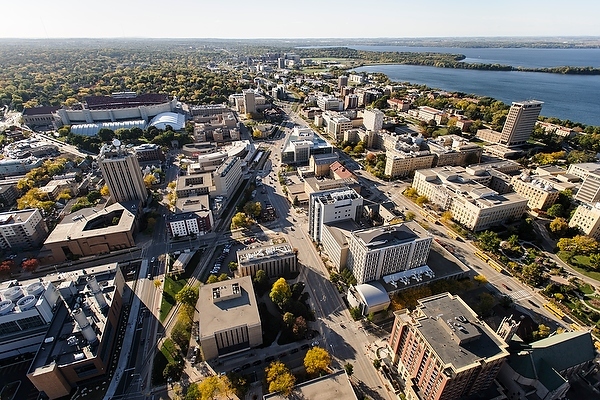PRESS RELEASE
Extreme summers like that of 2012 — which saw record temperatures in cities across the U.S. — may be atypical, but experts say they will return, especially as the planet warms under climate change. And as they do, cities will be especially vulnerable.
A new University of Wisconsin-Madison study details how extreme temperatures affect urban heat islands — densely built areas where heat-retaining asphalt, brick and concrete make things hotter than their nonurban surroundings.
The study, published last week in the journal Environmental Research Letters, found heat waves hit urban areas hardest, shedding light on what a future with more extreme summers might mean for the world’s growing population of urbanites.
Since heat islands tend to be the most densely populated areas of the city, as the chances of a heat wave rise, many city-dwellers could face more uncomfortable summers, increased health risks and potentially higher energy bills from air conditioning.
“Not only do heat waves intensify the urban heat island, but the heat island also intensifies the heat wave, which is pretty much the opposite of what you’d want,” says the study’s lead author, Jason Schatz, a postdoctoral researcher on the Water Sustainability and Climate Project at UW-Madison.
